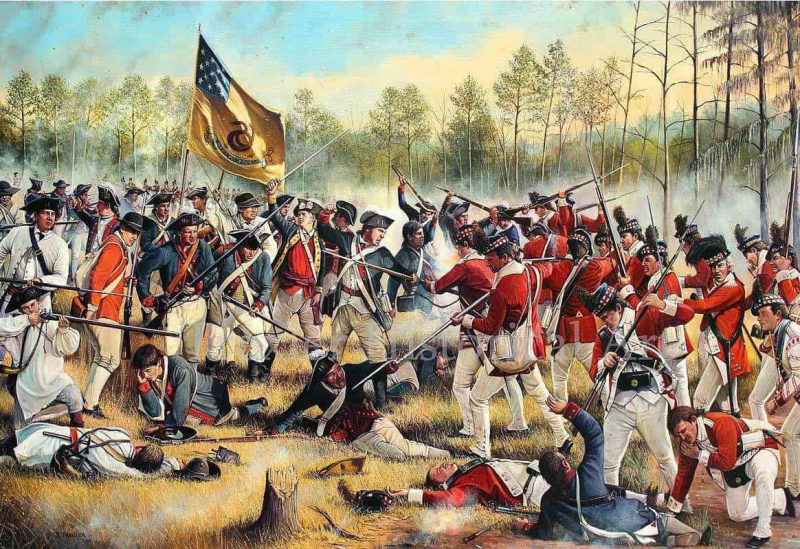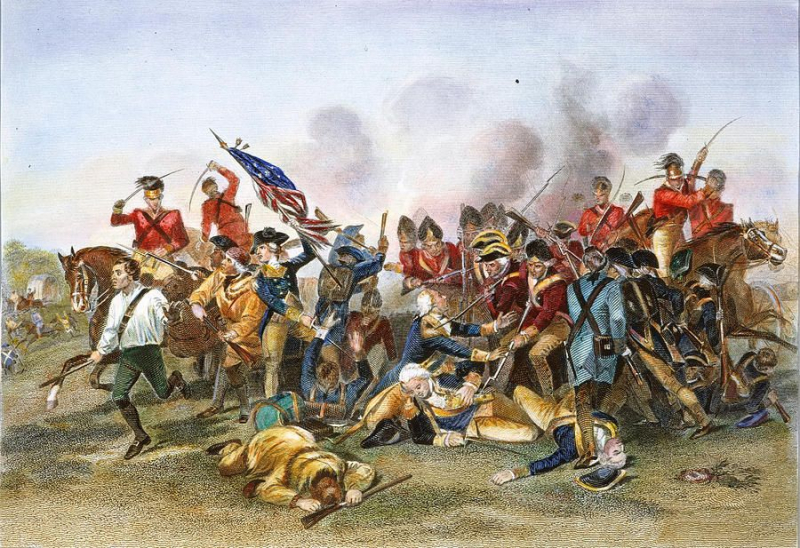The battle was part of Great Britain's campaign to isolate new England
The American state of New England, where the Revolutionary War began, caused the British quite a bit of difficulties. General John Burgoyne, in charge of a sizable force of 8,000 men, would invade the US from Canada by marching across the Hudson Valley to Albany at that time. British troops, led by Sir William Howe, would enter the Hudson Valley from New Jersey. This served to separate the center and southern colonies from the rebellious New England colonies. It would also demoralize the Americans and their allies and give Britain control of the Hudson River.
British forces launched a multi-pronged attack on Albany, New York, and into the Mohawk River Valley to split the American colonies in half and put an end to the war. Lieutenant Colonel Barry St. Leger, with a smaller force, would launch an attack from the north up Lake Champlain and from the west to seize Fort Ticonderoga and Stanwix simultaneously. As General Henry Clinton advanced north of the Hudson River to crush any significant resistance in the northern states, they would then assemble south of Lake Champlain and march to Albany. General William Howe's army moved further south to seize Philadelphia, the nation's political center. If either of these attacks is effective, the liberal cause will probably fail.







